- Primary keyword: custom pickleball paddle — designed for players who want fit + performance + USA Pickleball compliance.
- What you’ll get: a clear spec recipe (face/core/weight/grip), rules that matter in 2025 (roughness, PBCoR), and a fast decision tree.
- Who it’s for: advancing rec players to league/tournament entrants who want a dialed paddle without guesswork.
- Outcome: pick a compliant build that matches your swing weight preference, court (indoor/outdoor), and budget—then customize your graphics and nameplate.
- Next step: design yours at Lumo → /products/custom-pickleball-paddle
Executive Summary
If you want a paddle that actually fits your game, start with rules (so it’s tournament-legal), then choose face material, core thickness, swing weight, and grip size. In 2025, USA Pickleball still caps paddle length at 17 in and regulates surface roughness and trampoline effect (now tested with PBCoR), but thickness and weight are unrestricted—giving you room to customize your feel and power as long as you stay within surface and performance limits (Rulebook 2025, Equipment Standards Manual, PBCoR update). If you play pro-tour events, note the UPA-A overlay for spin/power metrics (The Dink explainer). Below, you’ll find a quick spec picker and deeper dives with source-backed guidance. When you’re ready, lock your build at Lumo’s custom studio → /products/custom-pickleball-paddle.
1) 2025 Rules That Actually Matter (So Your Custom Build Is Legal)
- Size & weight: Max length 17 in; no thickness or weight limit—but alterations must still meet specs (USA Pickleball Rulebook 2025 §2.E).
- Surface texture: Roughness limit = 30 μm Rz average; friction and COR are also tested to curb excessive spin/pop (Equipment Standards Manual).
- Performance (pop/trampoline): The governing body added PBCoR in late 2024 to standardize paddle/ball rebound behavior and curb “hot” faces (USAP Certification Updates).
- Approved models: Verify legality on the USA Pickleball Approved Equipment database (searchable list; portal here).
- Pro-tour nuance: For elite/pro events under UPA-A, additional spin/power ceilings (e.g., spin RPM, PEF) may apply; check event rules (UPA-A coverage, background testing push).

2) Spec Your Face: Carbon vs Fiberglass (and why T700 is everywhere)
Carbon fiber (graphite/“raw carbon”) delivers a more linear, connected feel and consistent spin window; fiberglass tends to have more pop at low swing speeds but can feel springy. Within carbon, T700 raw carbon sheets have become popular for durability and predictable friction. Multiple industry explainers note T700’s stiffness/strength positioning, which is why many USAP-approved paddles use it (PB Pro overview, materials primer). Composite suppliers also describe the standard sandwich construction with honeycomb cores and composite faces (ACP Composites).
Recommendation: If you rely on spin and control, pick a T700 raw carbon face with a controlled surface finish that stays within the 30 μm Rz cap (USAP manual).

3) Choose Your Core Thickness (13 mm vs 16 mm vs 20 mm)
Thickness is the simplest tuning knob:
| Core Thickness | What It Feels Like | Typical Use |
|---|---|---|
| 13–14 mm | More pop off the face, firmer, less dwell | Aggressive drives/counters |
| 16 mm | Balanced, control-forward, better stability | All-court/most players |
| 20 mm | Extra dwell, plush blocks/resets, arm-friendly | Control specialists/joint comfort |
Multiple independent guides and reviews align on this pattern: thicker cores give more control and stability, thinner cores feel livelier (Pickleball Studio explainer, The Pickler on swing vs static weight, Paddletek tech notes, Pickleballeffect review).
Pro tip: Most modern paddles use polypropylene (polymer) honeycomb for a quiet, controlled feel (JustPaddles overview).
4) Weight, Balance, and Swing Weight (a quick decoder)
- Static weight = the scale number (e.g., 7.8–8.5 oz).
- Swing weight = how heavy it feels in motion, driven by balance and mass distribution. Same static weight can swing very differently—think hammer vs mallet (The Pickler explanation).
- Tuning: Lead or tungsten tape at 3/9 o’clock increases twist weight (stability), at 12 o’clock increases plow-through/pop; all such alterations must remain within USAP specs (Rulebook §2.E.5).
5) Grip Size, Shape & Handle
Pickleball grips typically range ~4.0–5.0 in circumference. You can size by ruler or by matching a known tennis grip; brands offer practical guidelines (Selkirk grip guide, Pickleball Galaxy how-to).
- If in doubt: start at 4.25–4.375 in, then overgrip to fine-tune thickness and tack.
- Handle length: 5.25–5.5 in is a safe starting point; go longer if you two-hand backhand.

6) Edge Guard vs Edgeless
- Edge-guarded paddles protect the face and improve durability; may add a touch of swing weight and a tiny lip.
- Edgeless builds feel sleeker and sometimes swing a bit quicker; protection relies on clear coats or wrap solutions.
Community and brand write-ups cover the trade-offs (Pickle Madness overview, Brickhouse manufacturer take).
7) Indoor vs Outdoor Context (because it affects your spec)
Outdoor balls are harder/heavier with ~40 small holes; indoor balls are typically 26 larger holes. Outdoors, the ball arrives faster and with more wind/UV wear; you may want a bit more paddle stability and a slightly higher swing weight. Indoors, you can bias toward quicker hand speed (Paddletek primer).
8) Fast Decision Tree (pick your custom spec in 60 seconds)
-
Play context
- Mostly outdoor → favor 16–20 mm + moderate swing weight.
- Mostly indoor → 16 mm with neutral or slightly head-light balance.
-
Style
- I win with drives/counters → 13–14 mm, add a touch of lead at 12.
- I win with resets/dinks/blocks → 16–20 mm, perimeter weight for stability.
-
Face
- Need dependable spin/control → T700 raw carbon, USAP-compliant finish.
- Prefer extra “pop” feel → fiberglass composite (watch PBCoR limits).
-
Grip
- Start 4.25–4.375 in, fine-tune with overgrip; handle 5.25–5.5 in unless two-handed.
-
Compliance check
- Confirm length ≤ 17 in; ensure roughness ≤ 30 μm Rz and PBCoR-friendly build; verify on the USAP approved list.
Ready to lock it in? Start your build → /products/custom-pickleball-paddle
9) Maintenance & Lifespan
- Face wear: Raw carbon’s friction can mellow with heavy use; keep it clean and dry.
- Edge & corners: If edgeless, re-coat high-wear zones periodically.
- Weight tape: Re-check swing feel after temperature swings; adhesives can relax.
- Legality drift: If you play sanctioned events, reconfirm spec on the USAP list before a big tournament (USAP database).
10) Example Lumo Build Recipes
- All-Court Control: T700 raw carbon / 16 mm PP honeycomb / neutral swing weight / 4.25 in grip / edge guard.
- Power-Counter: T700 raw carbon / 14 mm PP honeycomb / modest 12 o’clock lead / 4.375 in grip / edgeless.
- Arm-Friendly Reset King/Queen: T700 raw carbon / 20 mm PP honeycomb / perimeter weight bias / 4.25 in grip / edge guard.
Key Takeaways
- You have wide freedom on thickness/weight in 2025; protect compliance on roughness and PBCoR.
- T700 raw carbon + 16 mm PP honeycomb is the best “first custom” for balanced spin/control.
- Swing weight (feel in motion) matters more than a strict scale number—tune balance for your hands.
- Always verify approval on the USAP list before big events.
- Build now, refine later with grip wraps and minimal lead to fine-tune.
FAQ
Will a 20 mm core feel too soft?
Not if you emphasize perimeter weighting; you’ll gain stability and dwell for resets while keeping counters reliable (Pickleball Studio).
Is fiberglass illegal for tournaments?
No—surface roughness and PBCoR compliance matter, not the base material. Verify the specific model on the USAP approved list.
How do I pick grip size?
Start 4.25–4.375 in and use overgrips to micro-adjust (Selkirk guide, Pickleball Galaxy).
What’s the difference between swing and static weight?
Static weight is the scale value; swing weight reflects balance/mass distribution (how heavy a swing feels) (The Pickler).
How do indoor/outdoor balls change my spec?
Outdoors (harder 40-hole balls) generally call for more stability; indoors you can go lighter/quicker (Paddletek).
References
- USA Pickleball – Official Rulebook (2025) — USA Pickleball.
- USA Pickleball – Equipment Standards Manual — USA Pickleball.
- USA Pickleball – Paddle Certification Updates (PBCoR) — USA Pickleball.
- USA Pickleball – Approved Equipment Database and Paddle List.
- What Is Swing Weight & Twist Weight? — The Pickler.
- How Does Core Thickness Impact Play? — Pickleball Studio.
- T700 Raw Carbon Fiber: The Future of Pickleball Paddles — PB Pro.
- Carbon Grades Explained (T300 vs T700) — Joyscent Sport.
- Composite Materials for Paddles — ACP Composites.
- Pickleball Paddle Cores (Poly/PP/Nomex) — JustPaddles.
- Indoor vs Outdoor Pickleballs — Paddletek.
- UPA-A 2025 Paddle Guidelines (explainer) — The Dink.
- UPA-A Testing Direction (news) — The Dink.
- Grip Size Guide — Selkirk.
- How to Choose a Pickleball Paddle Grip Size — Pickleball Galaxy.
- CRBN 2 16 mm vs 13 mm Review — Pickleballeffect.

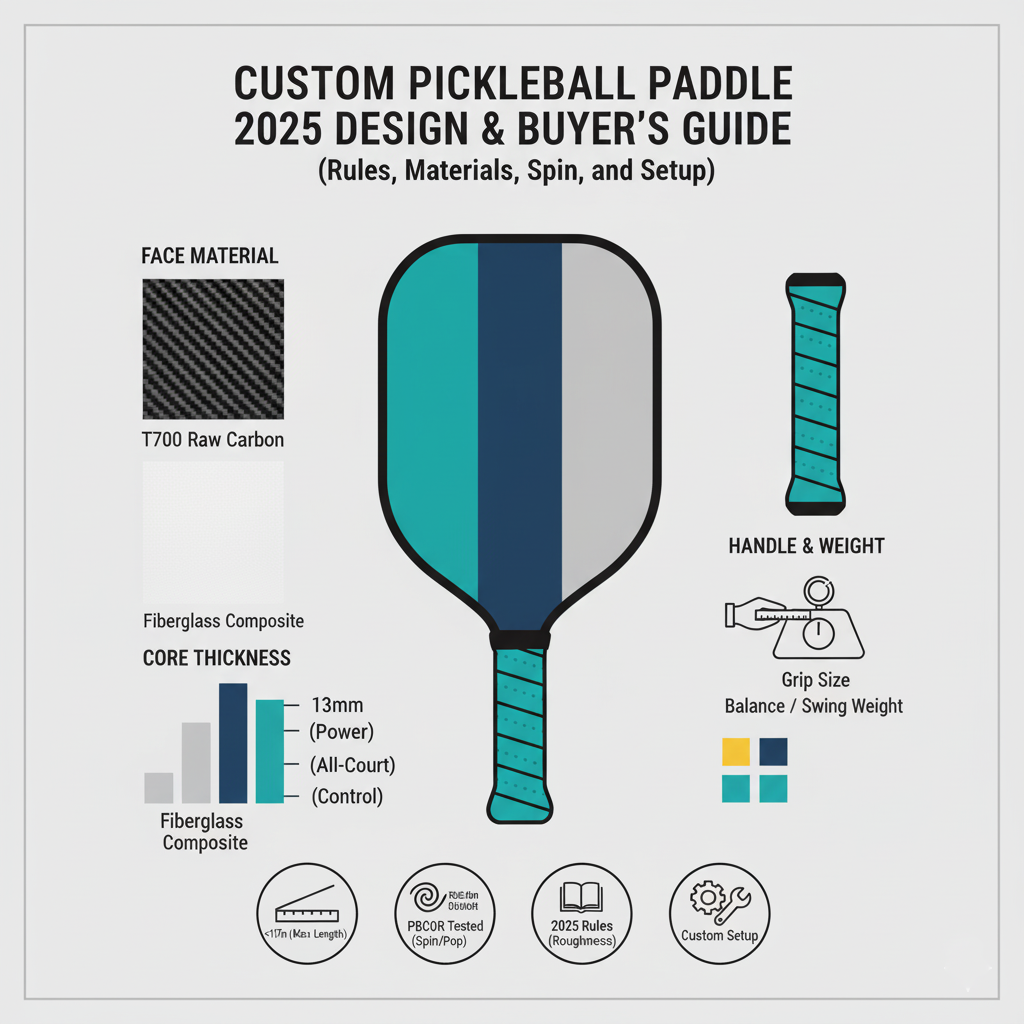
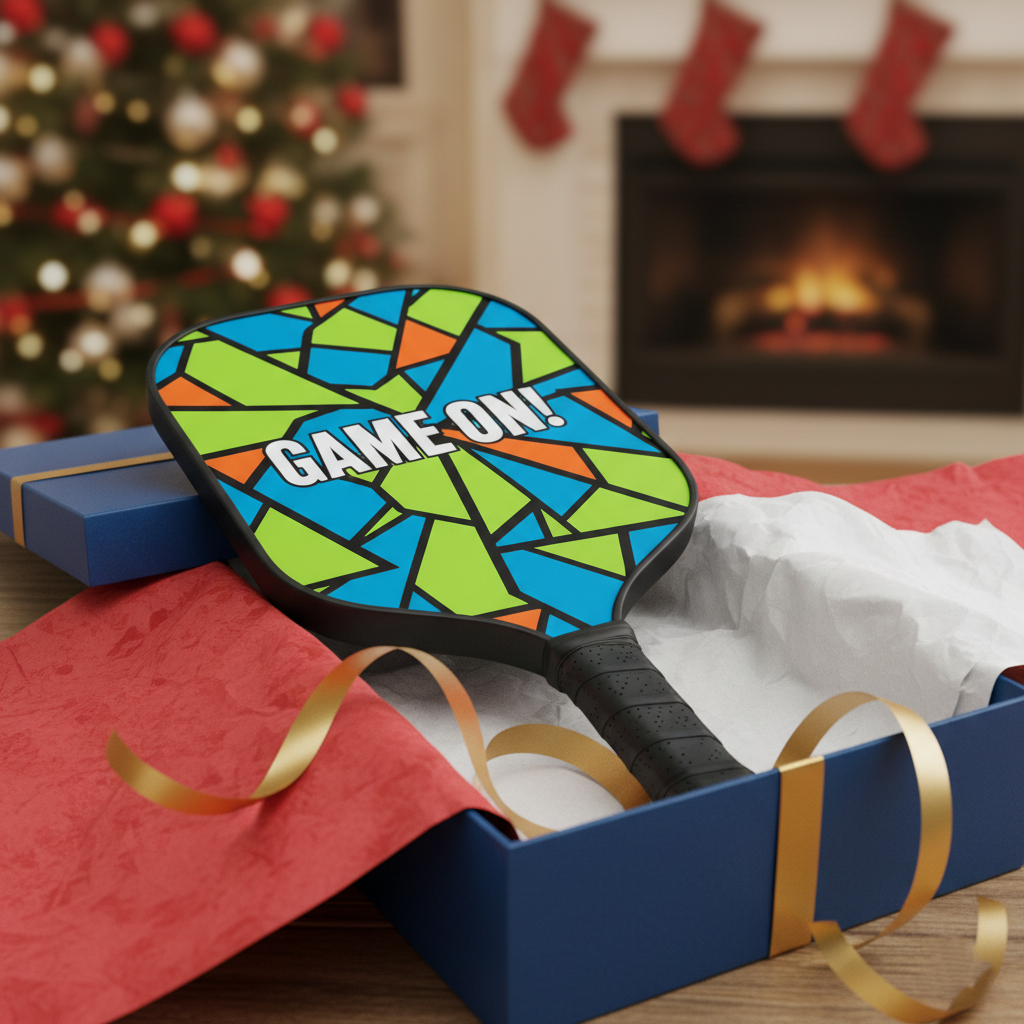
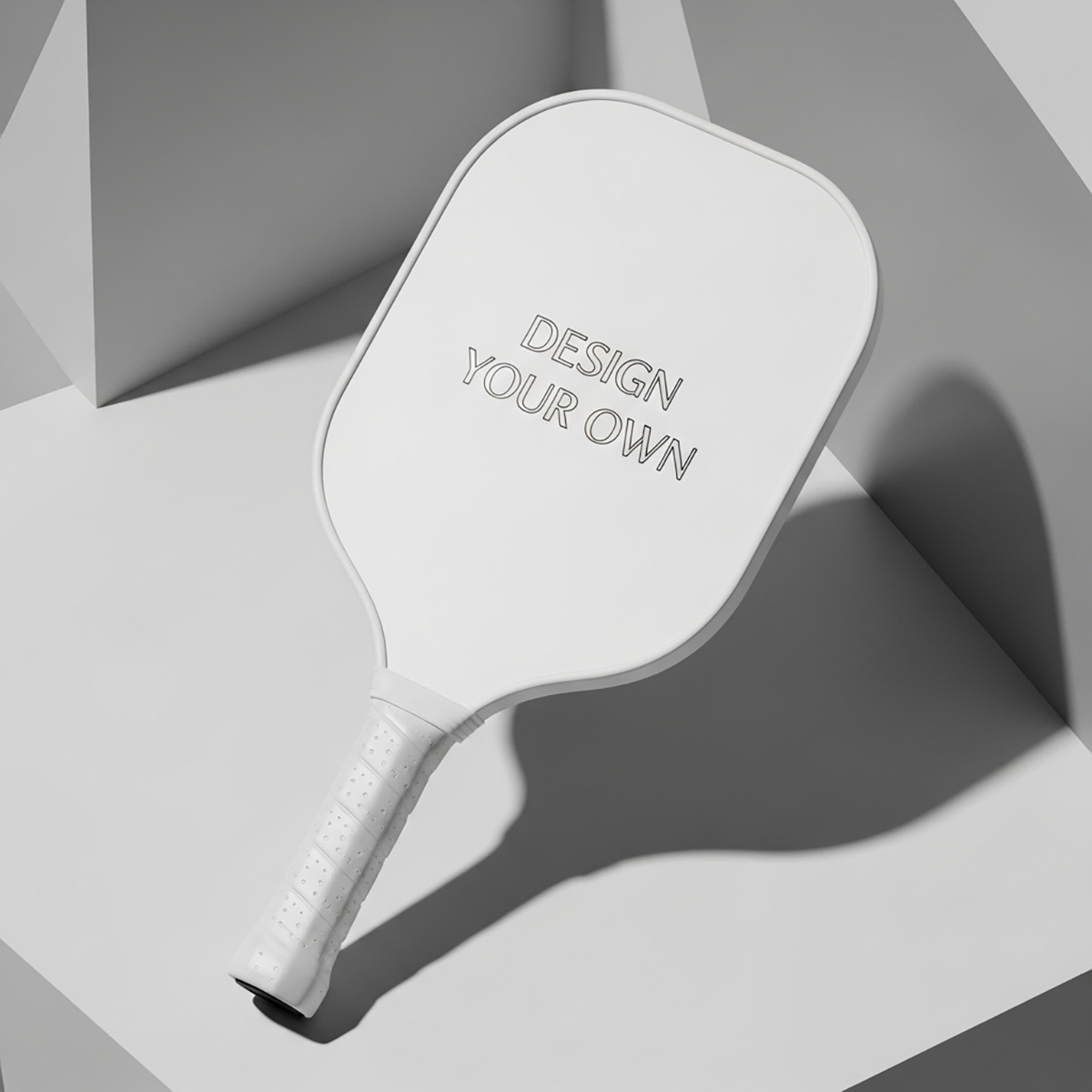
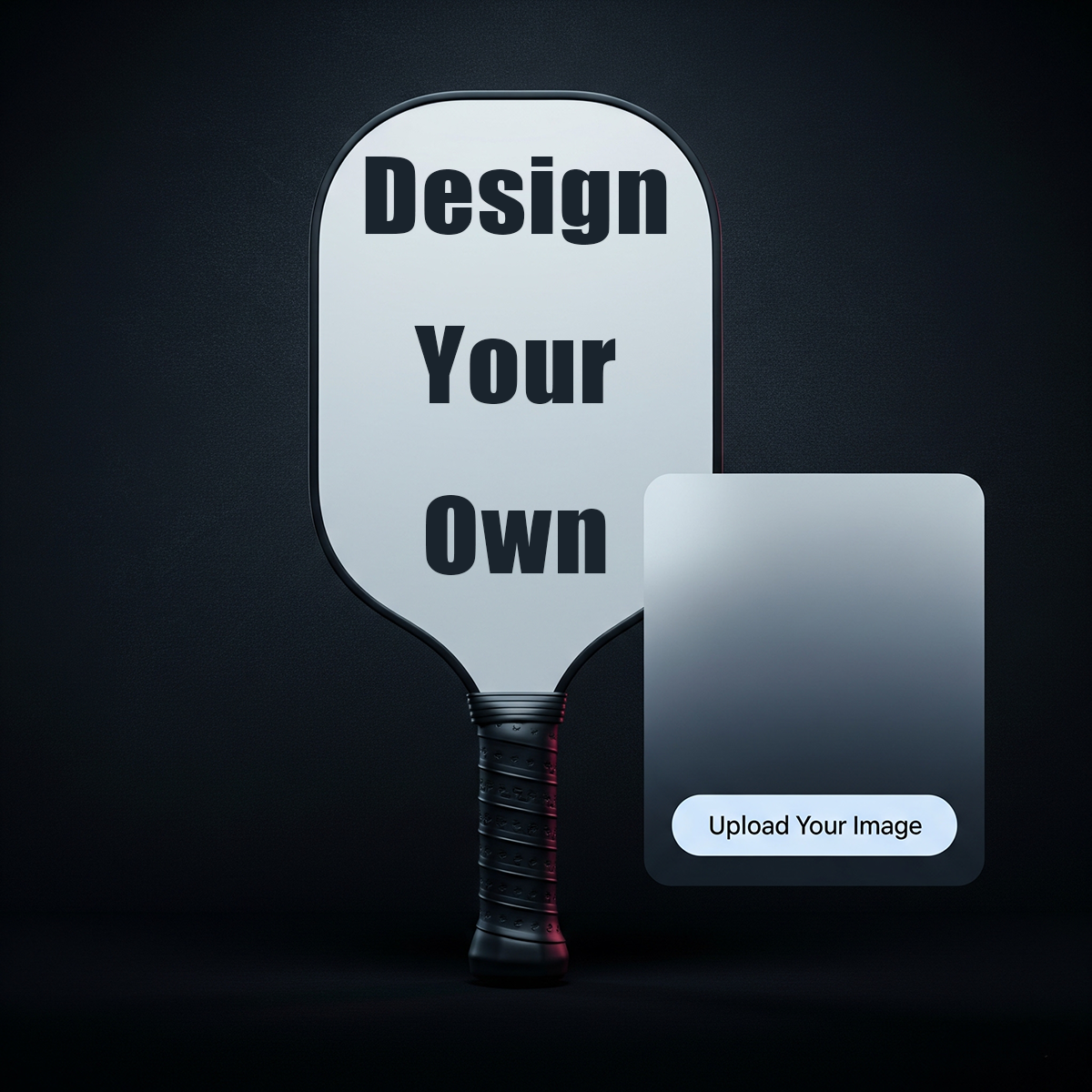
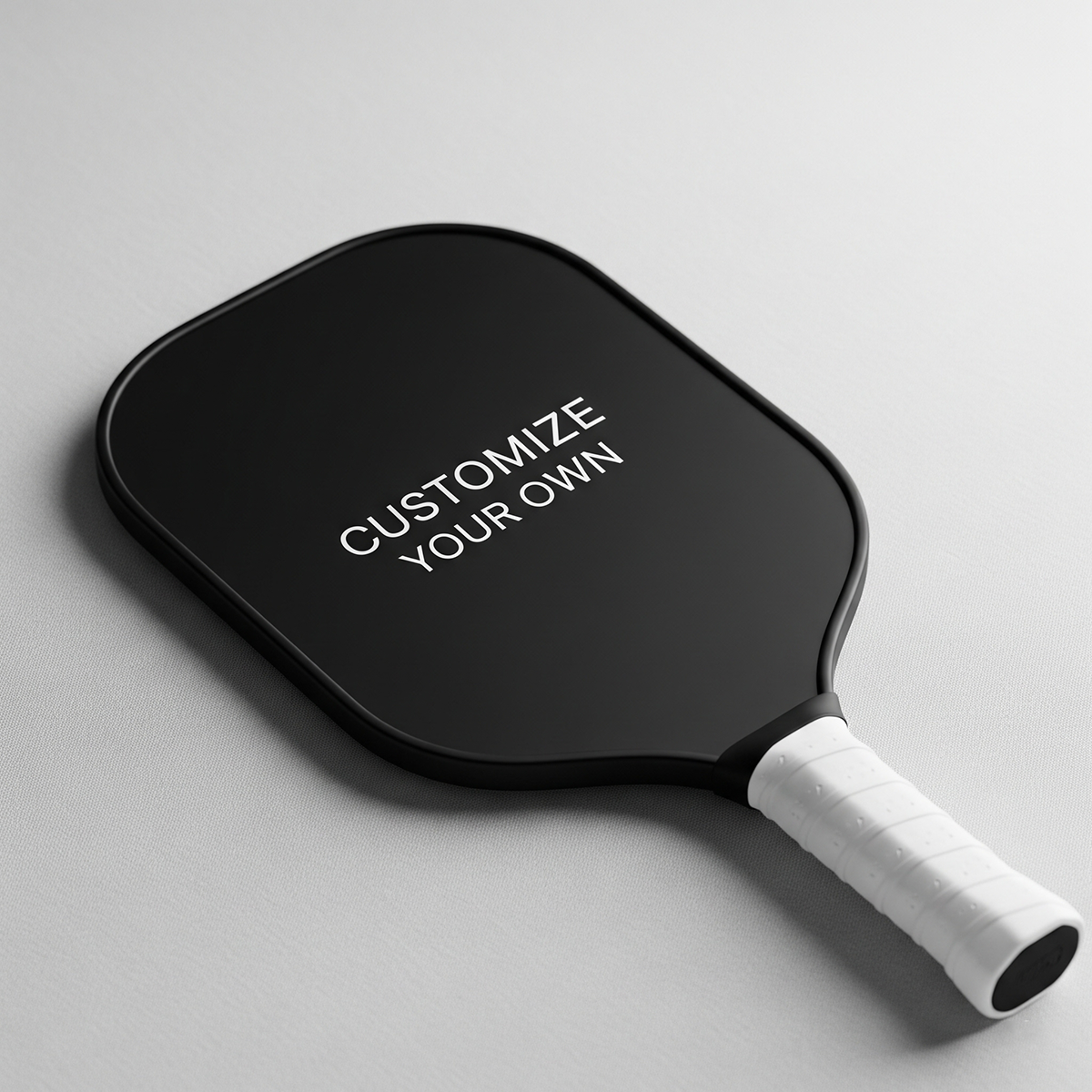
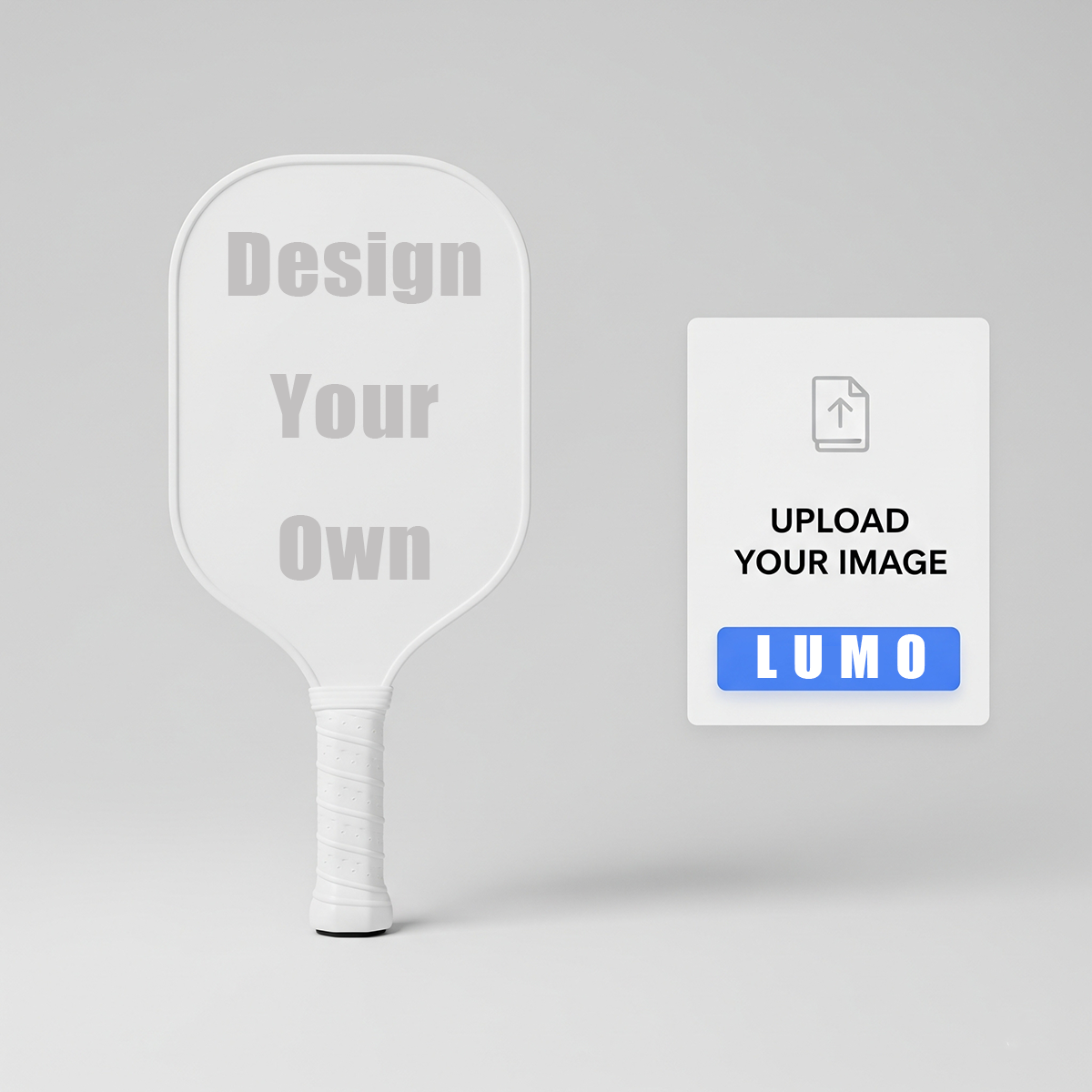
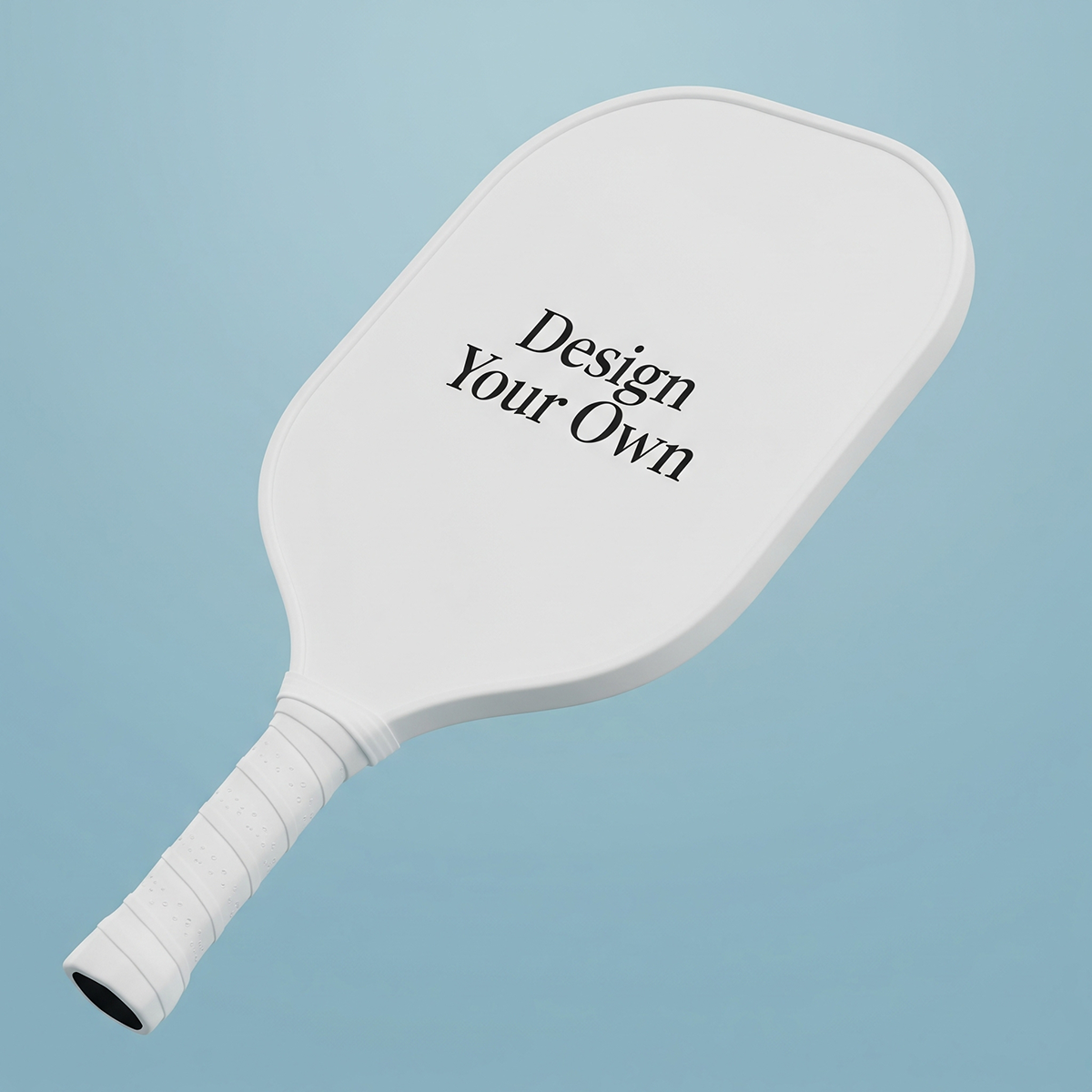
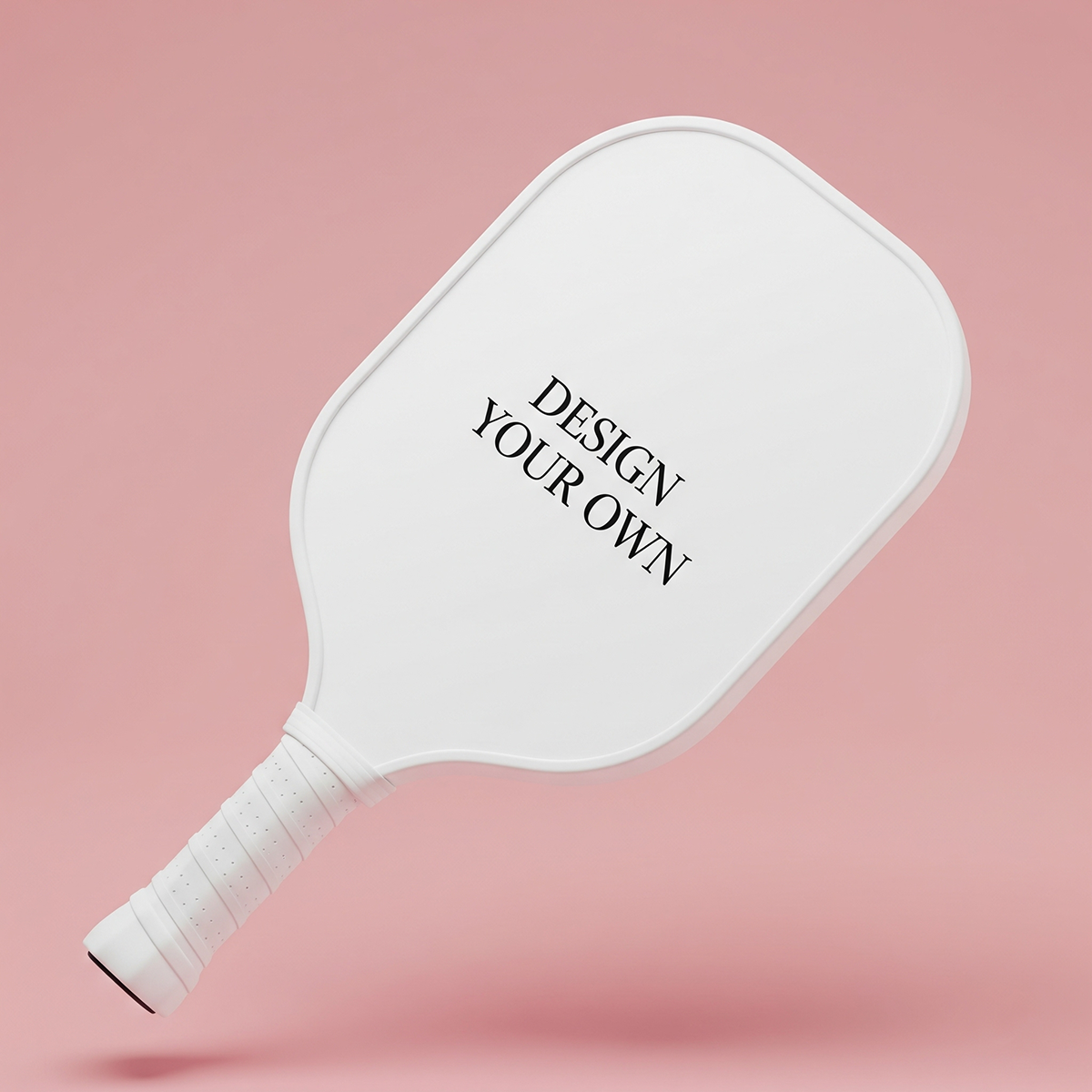
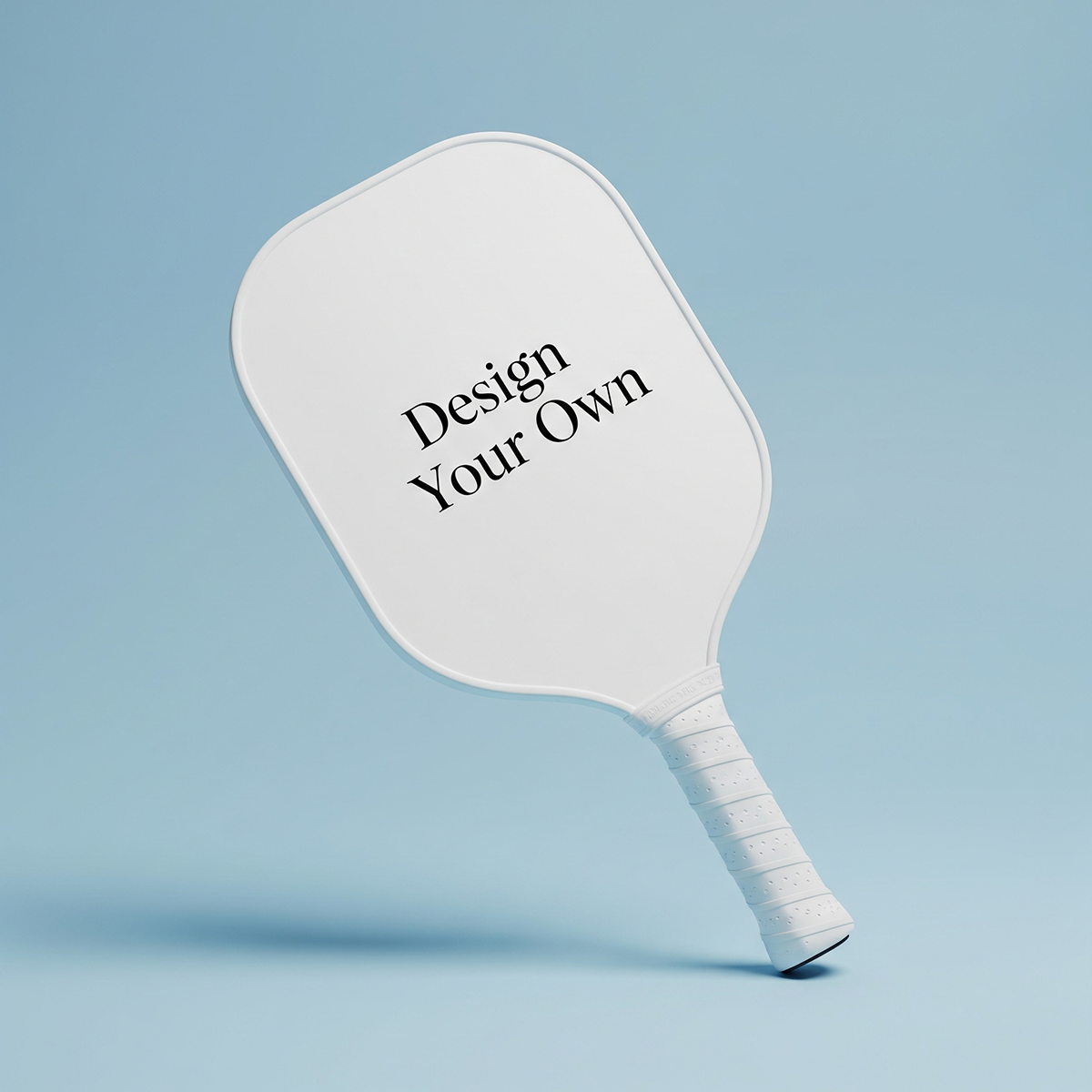
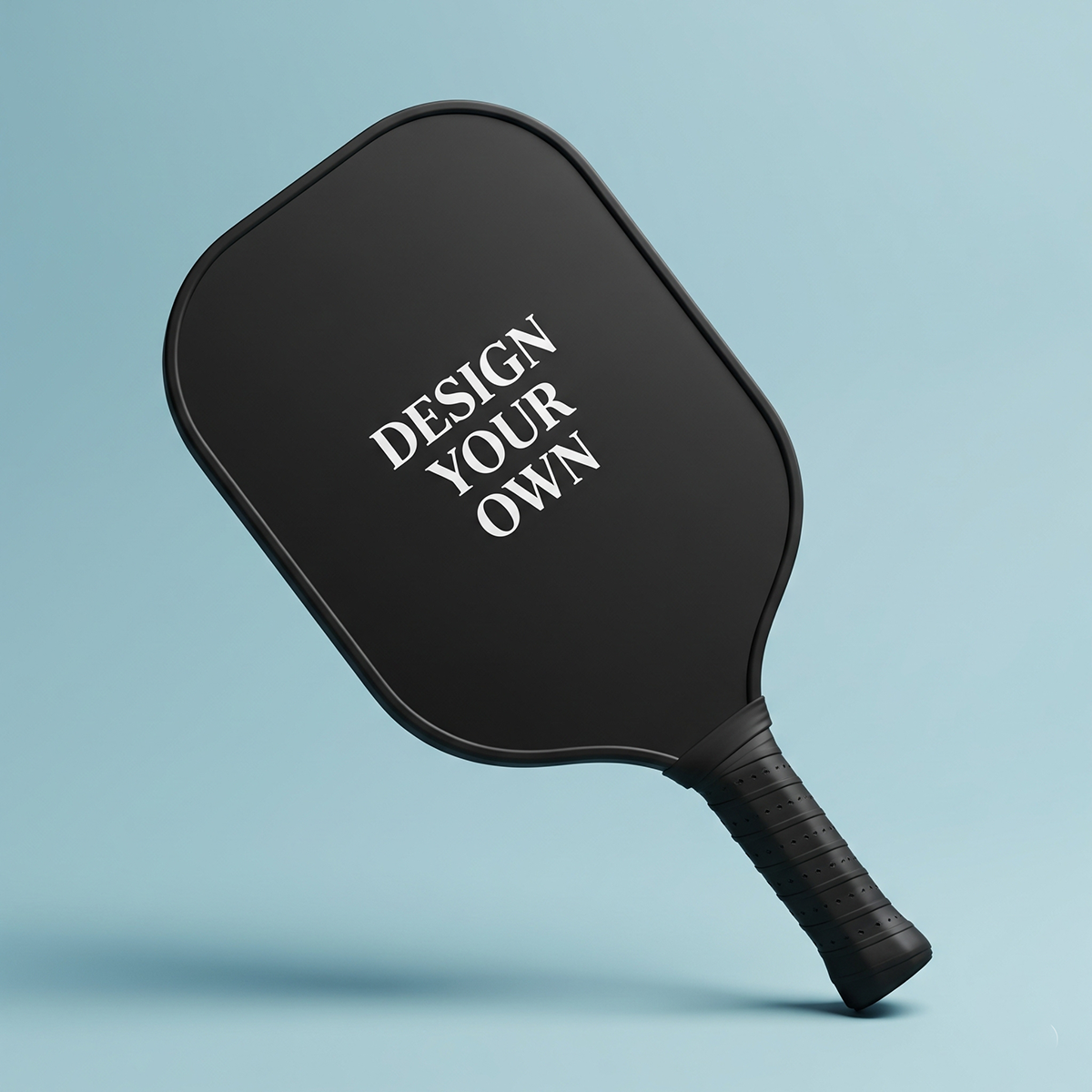
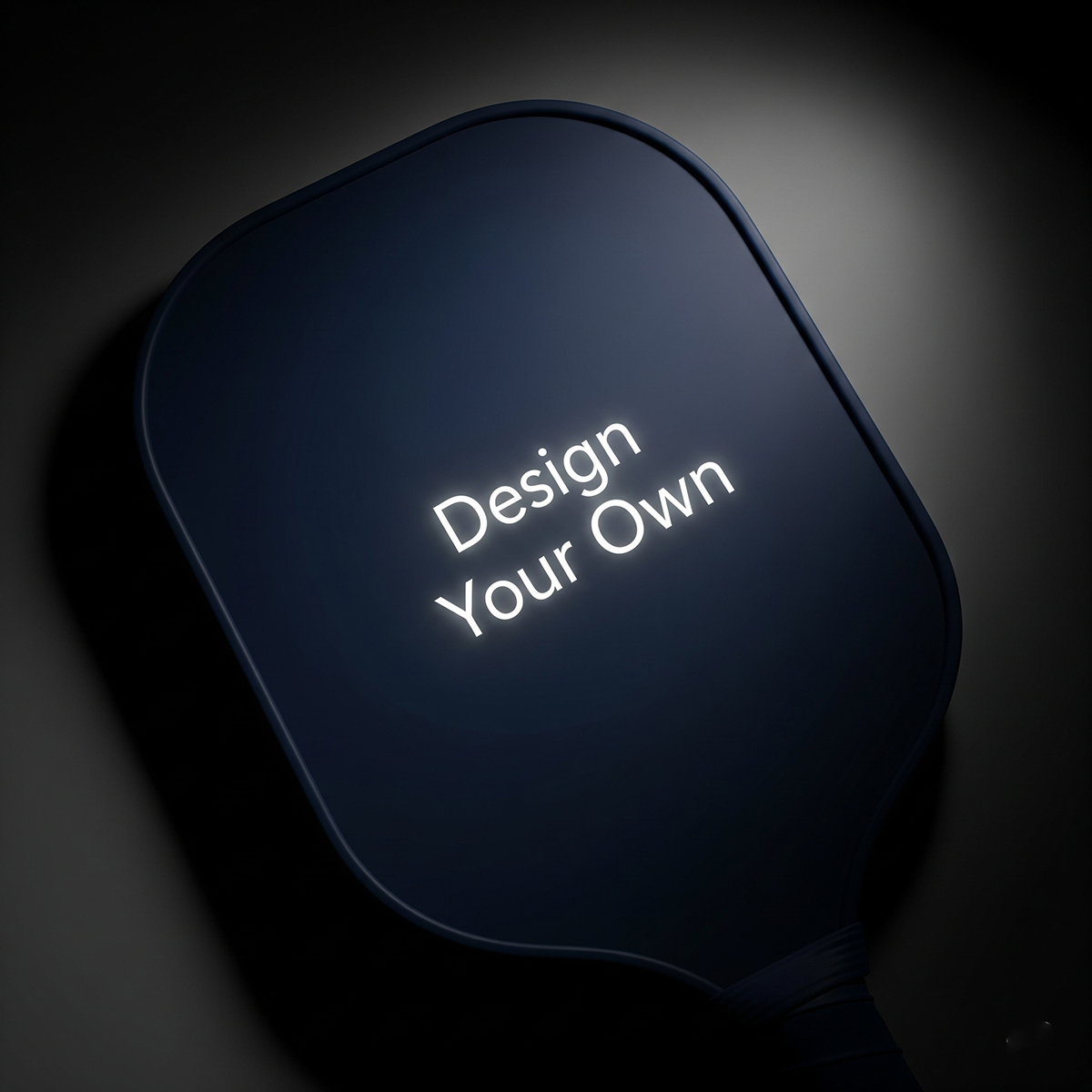
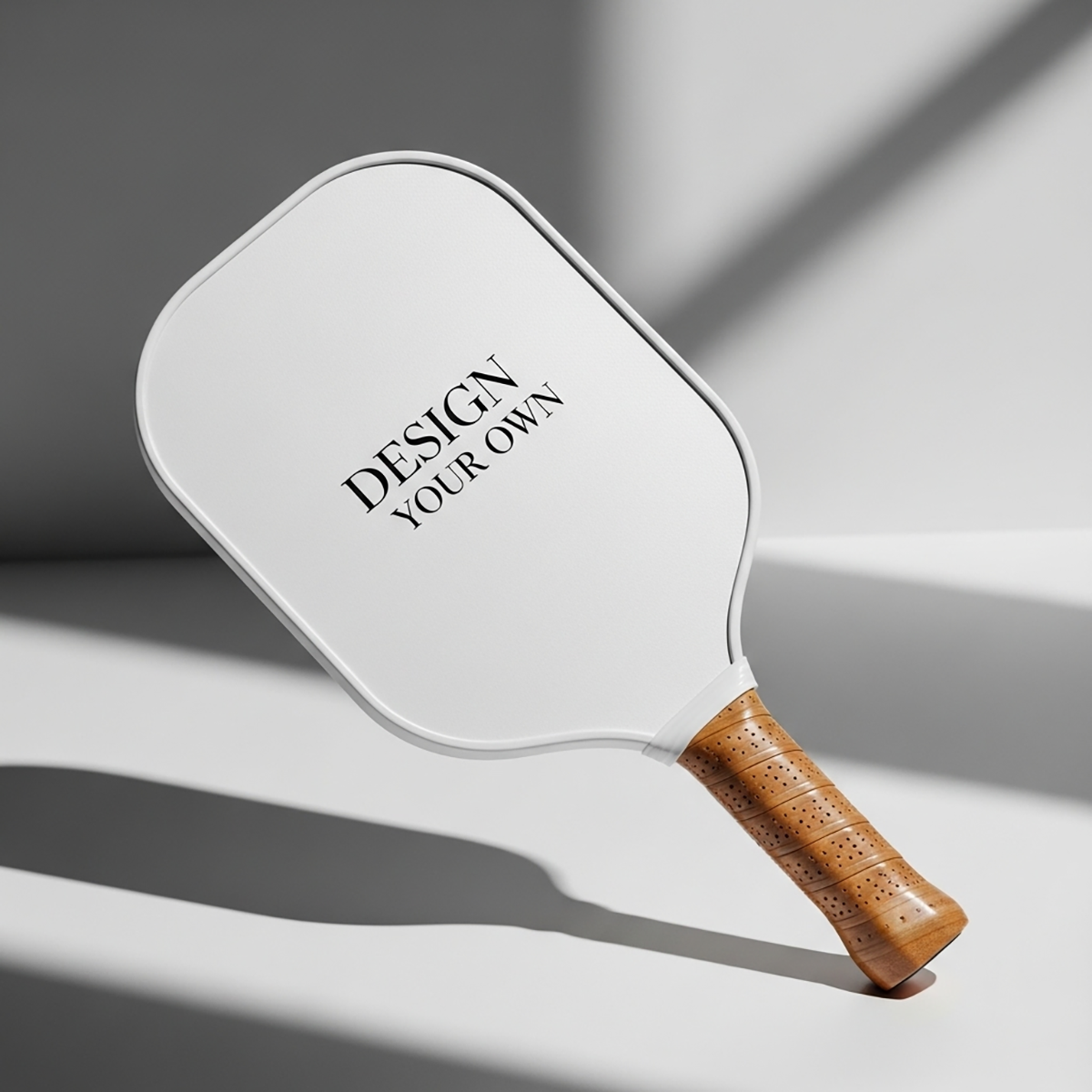
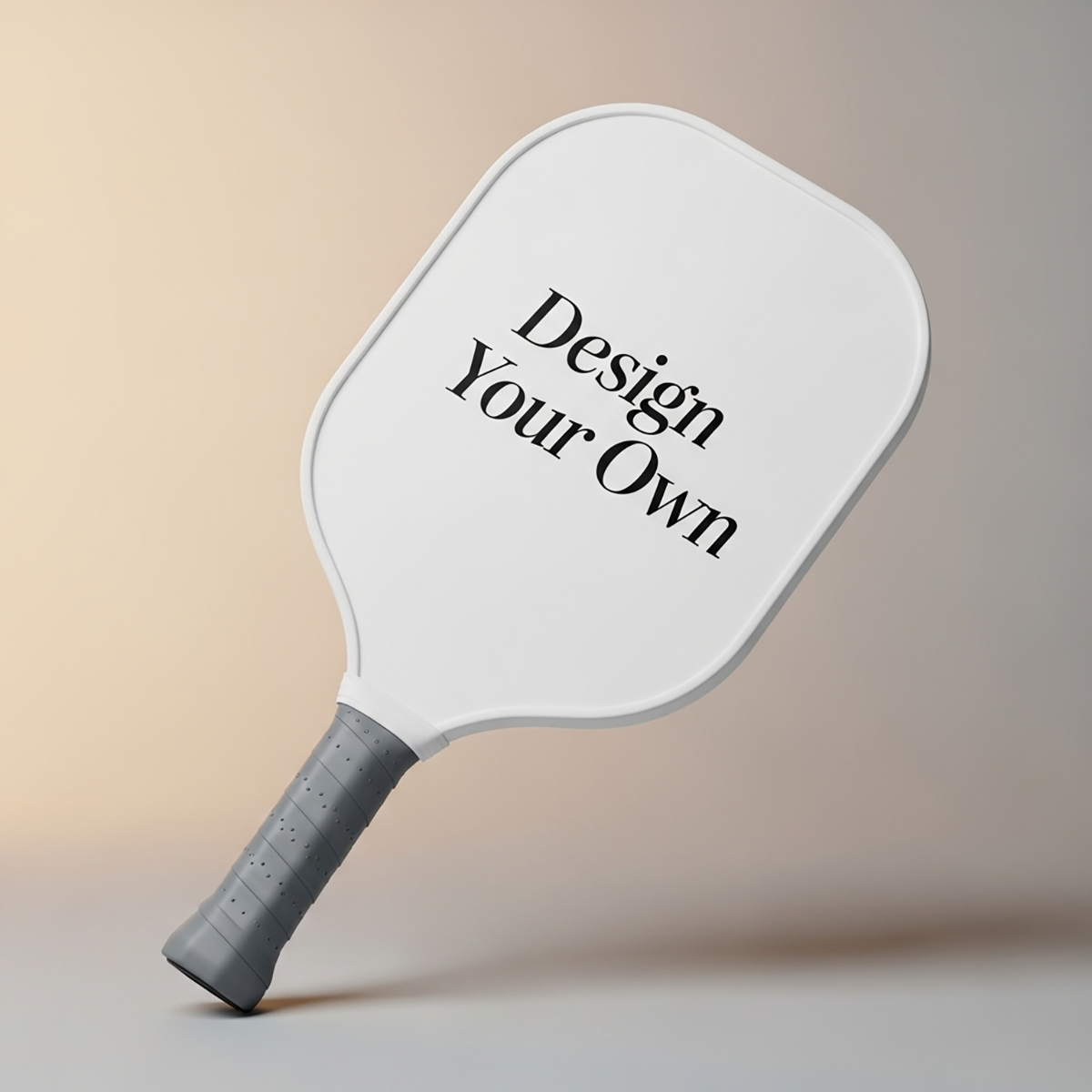
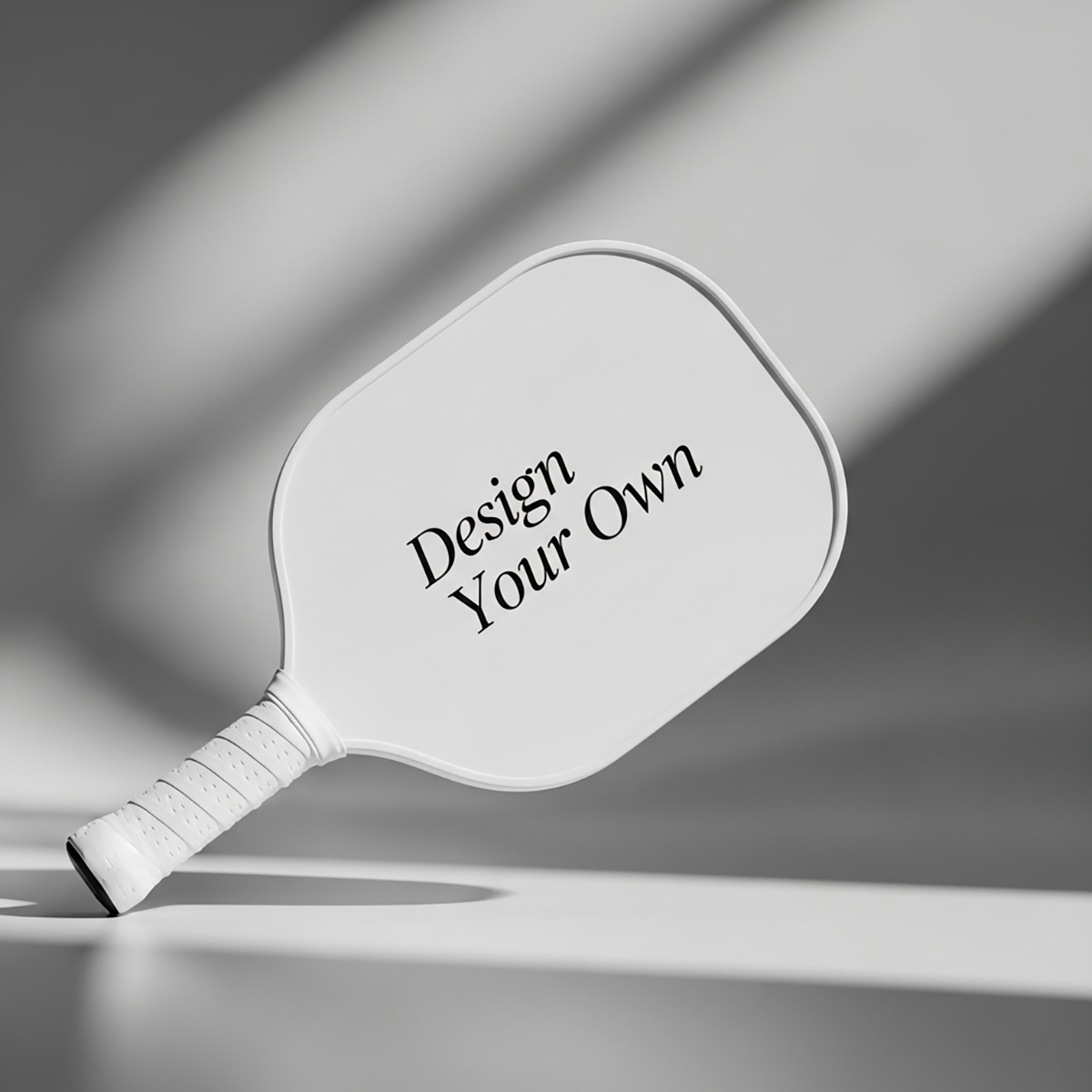
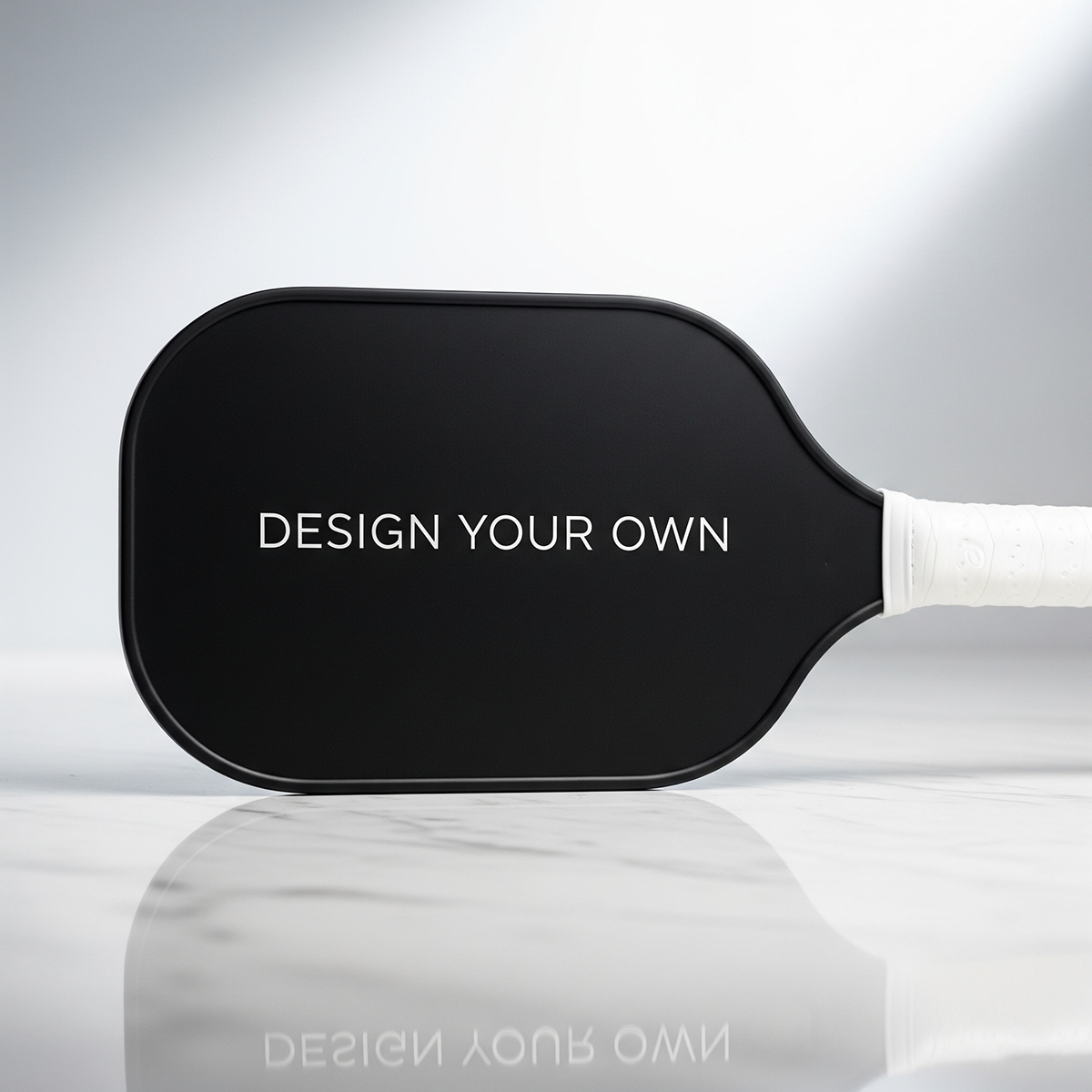
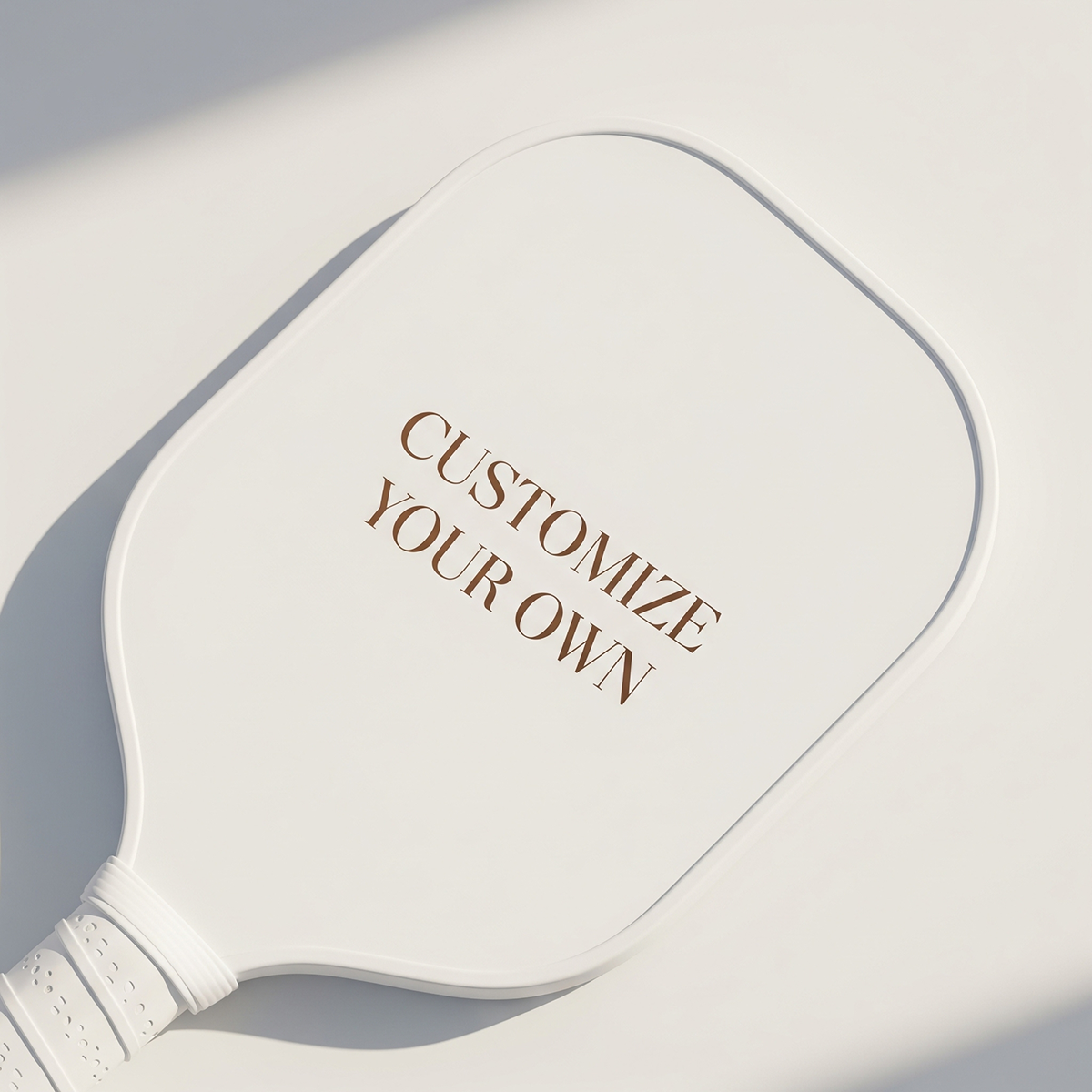
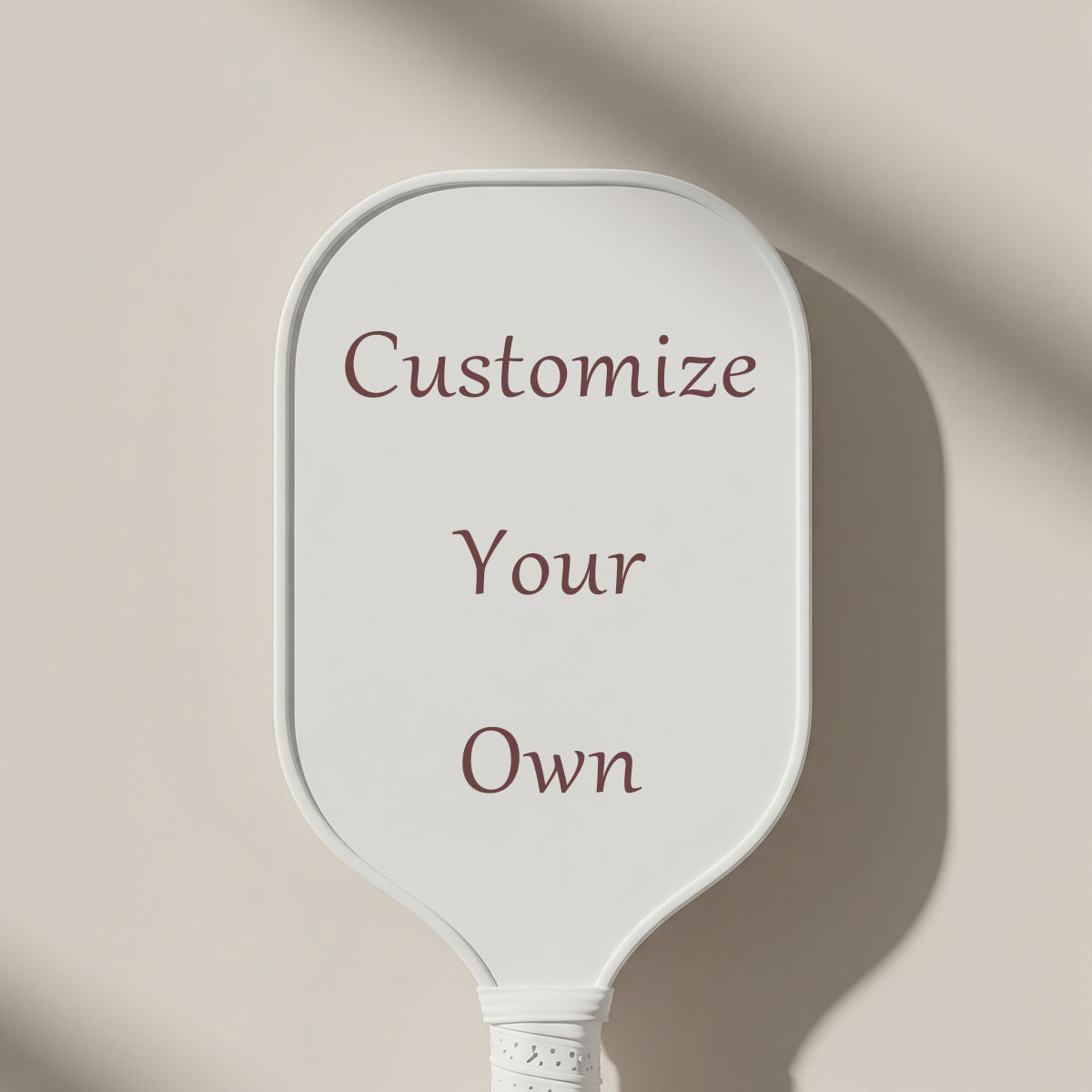
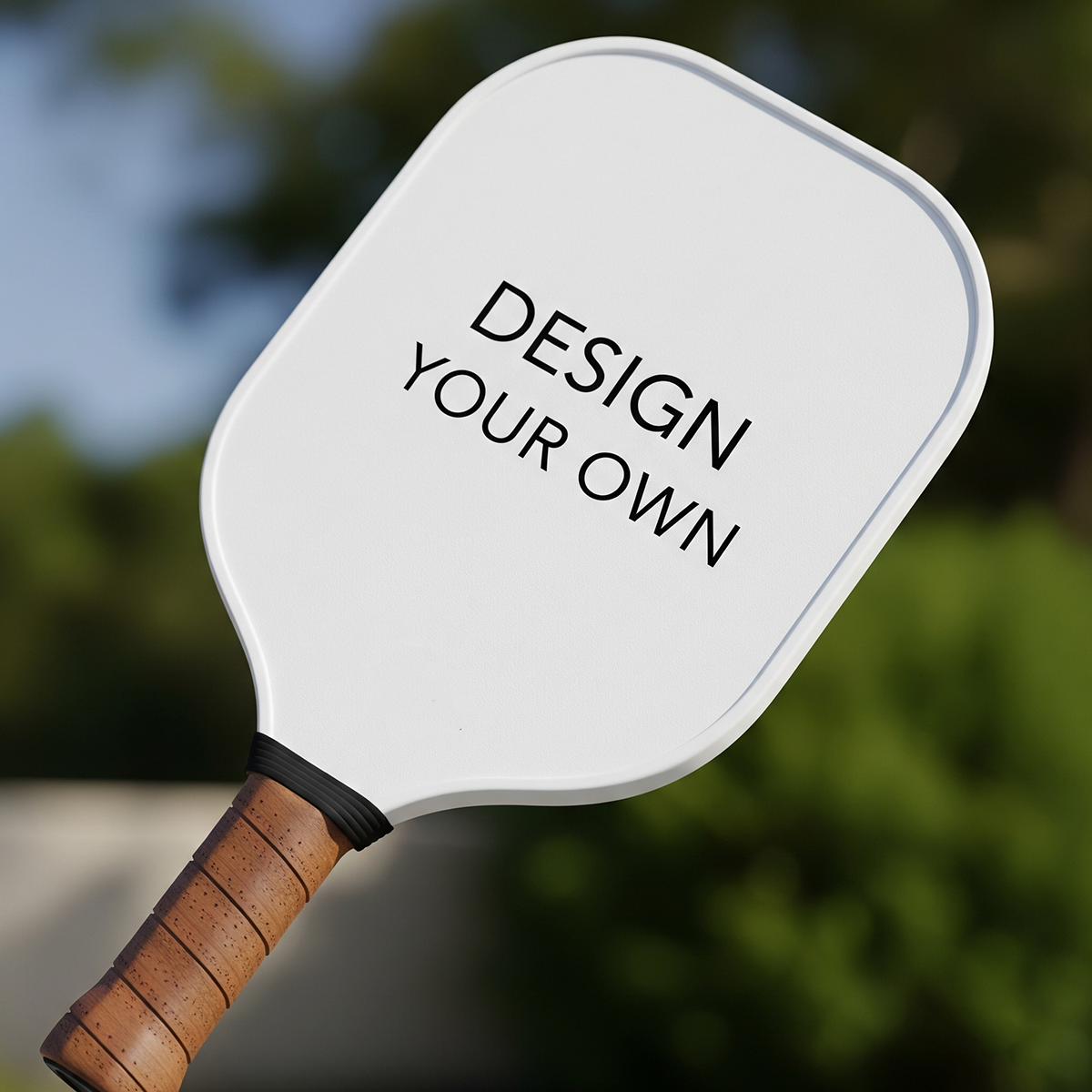
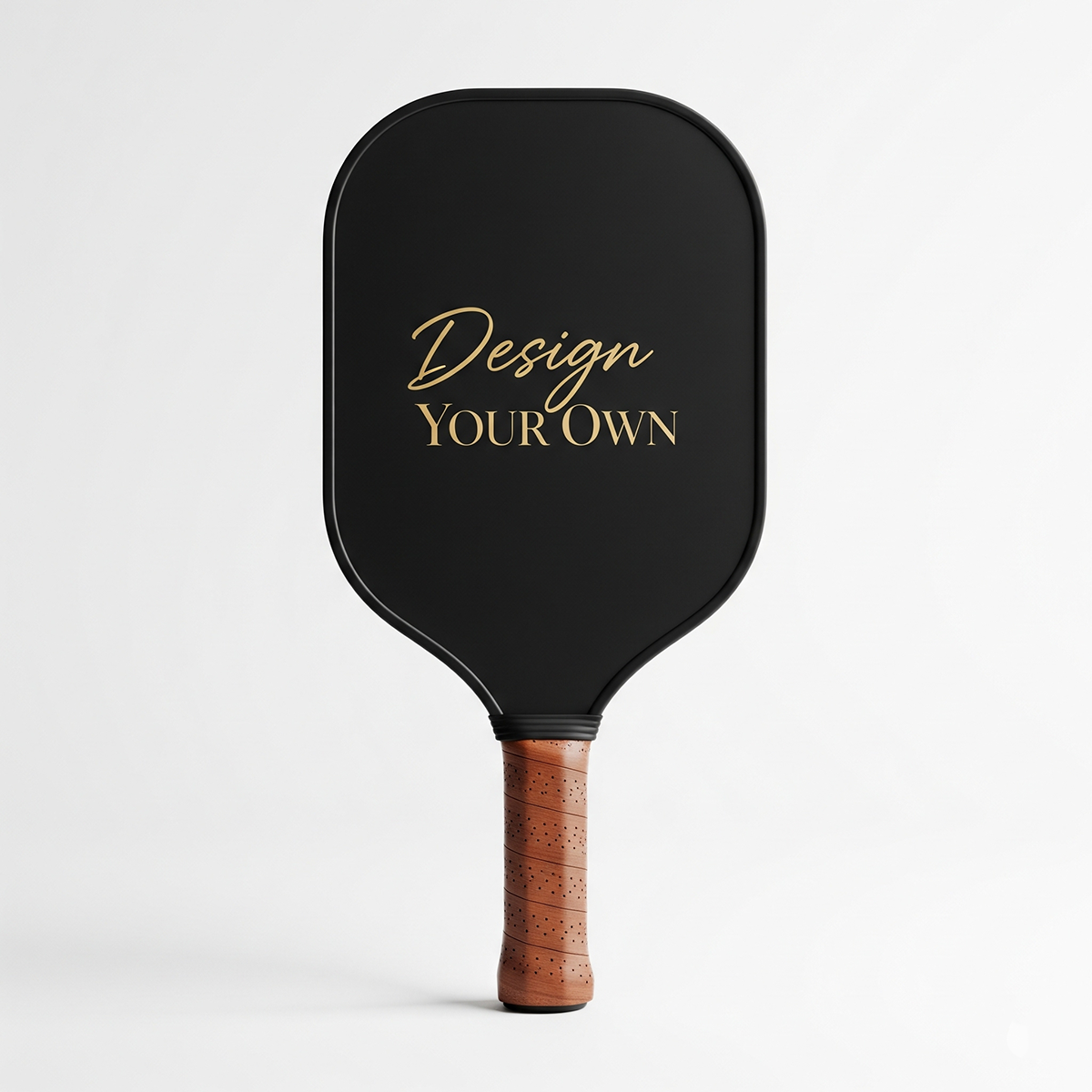
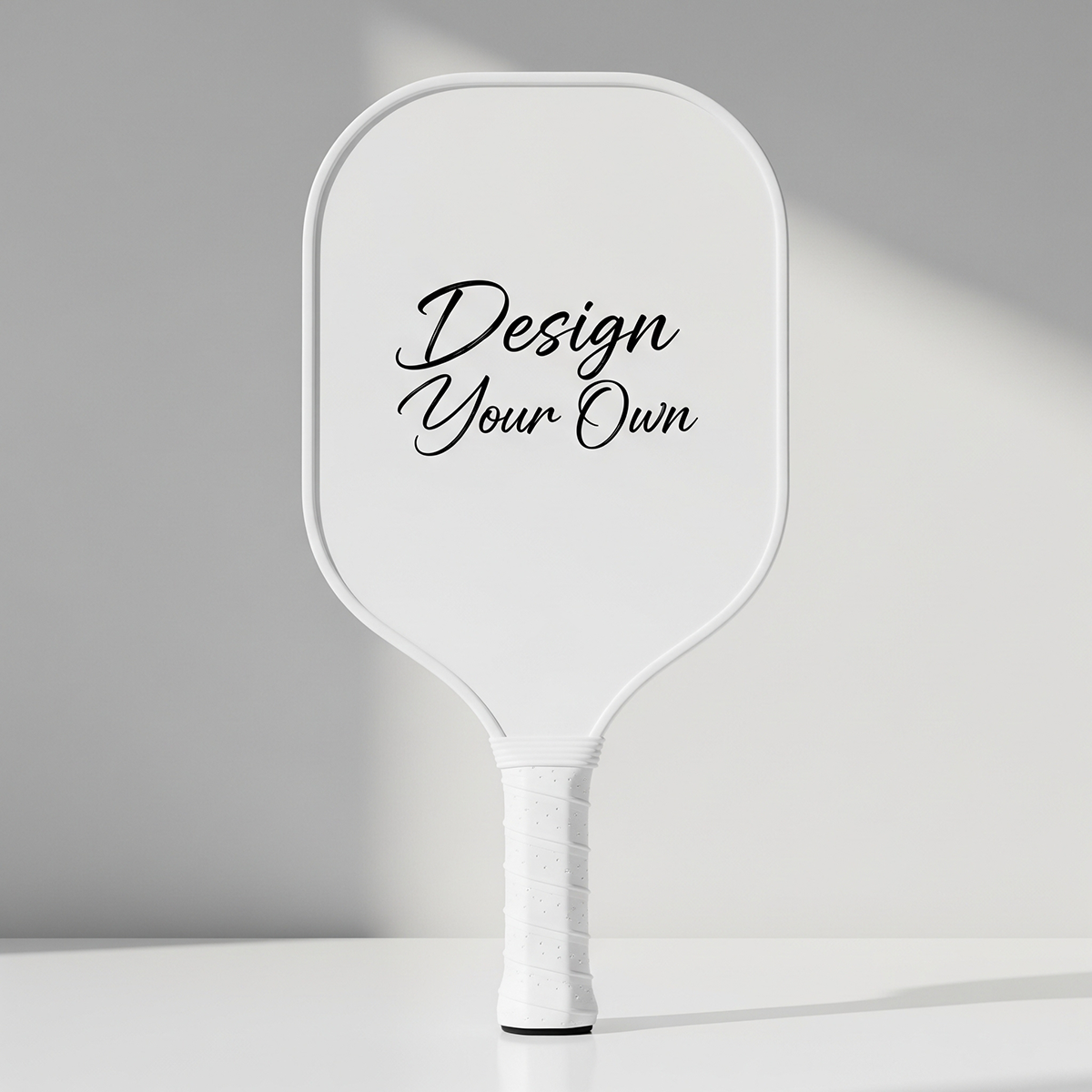
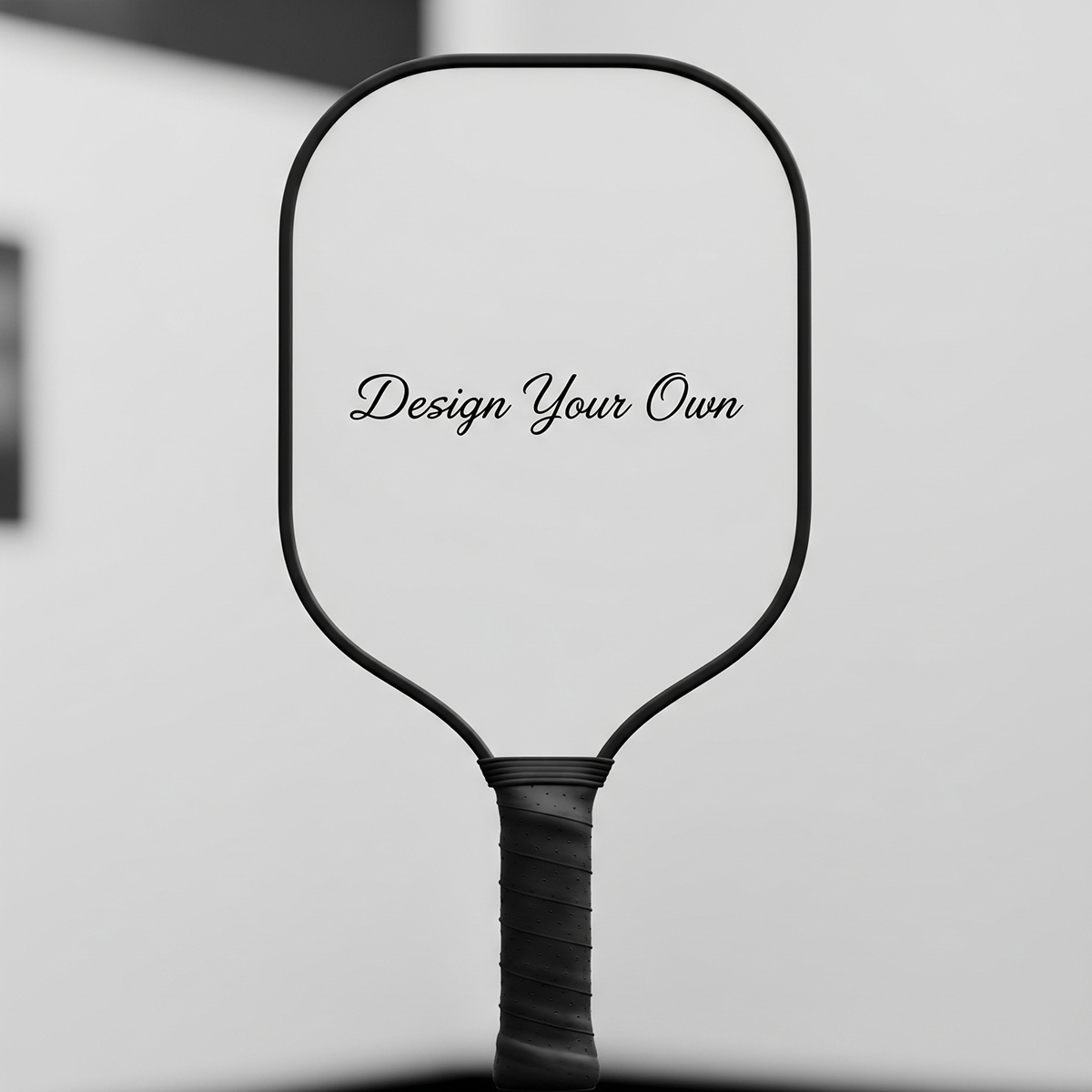
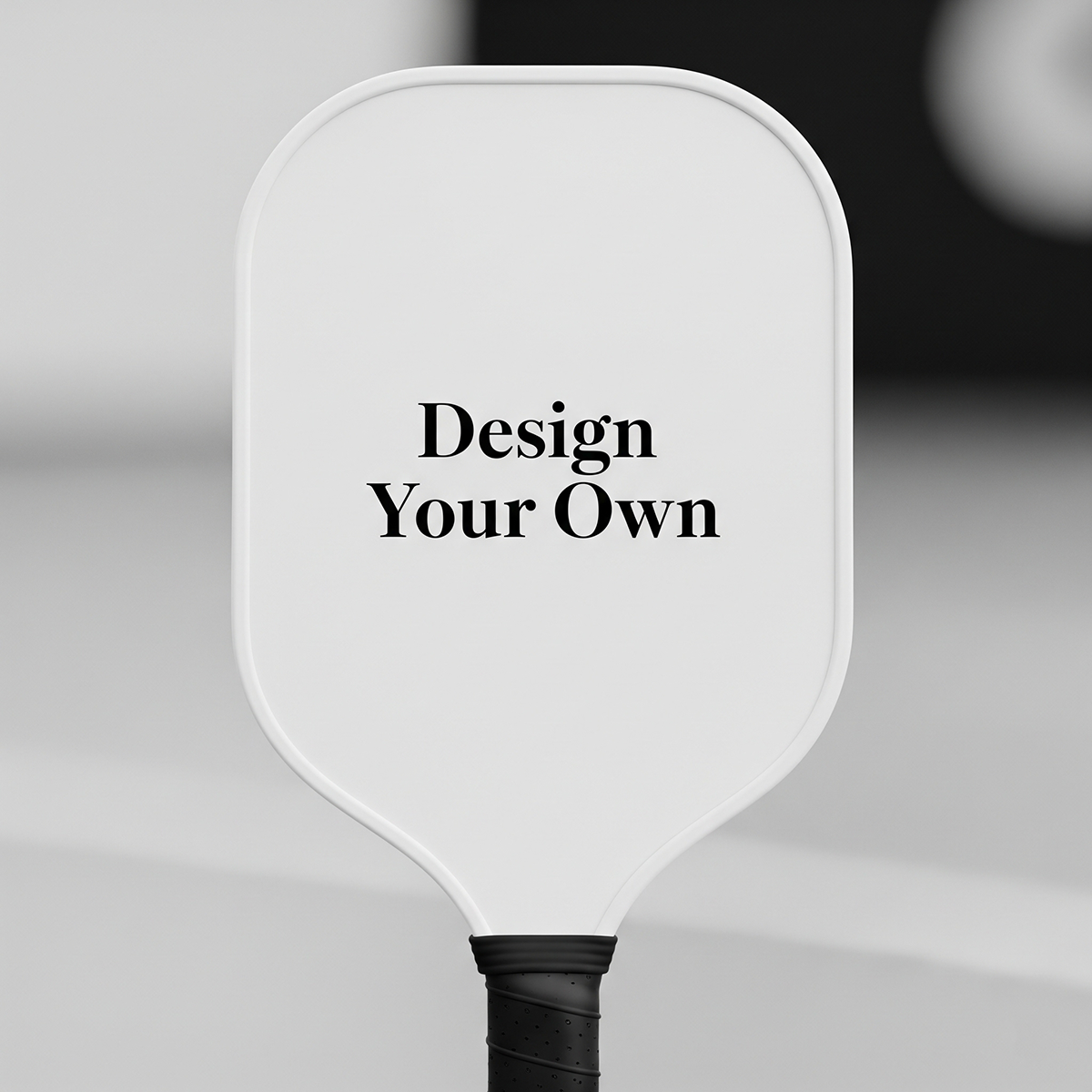
Leave a comment
This site is protected by hCaptcha and the hCaptcha Privacy Policy and Terms of Service apply.